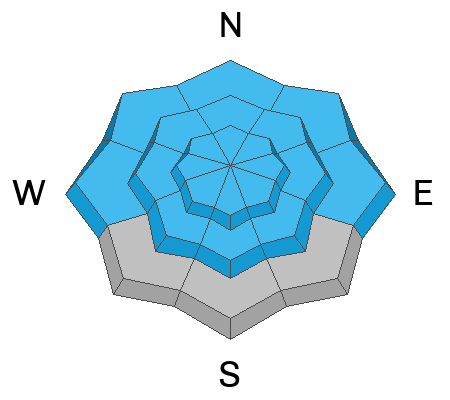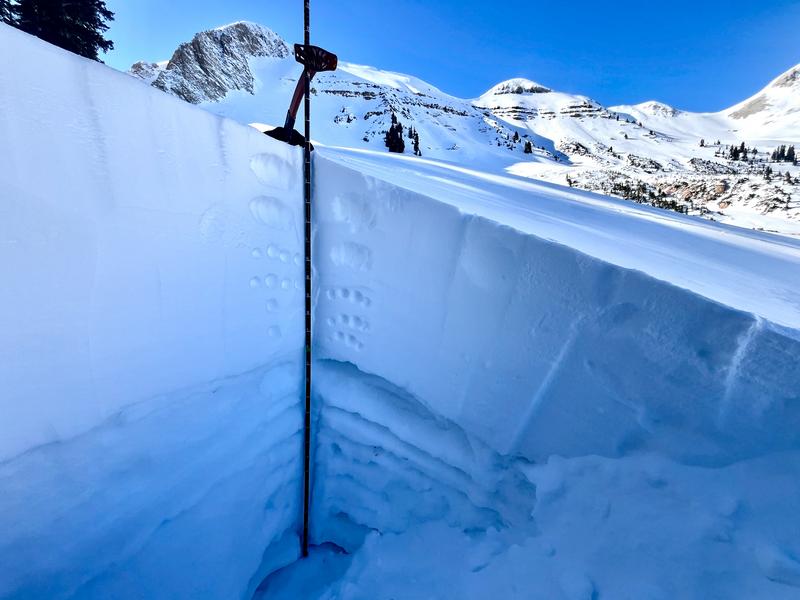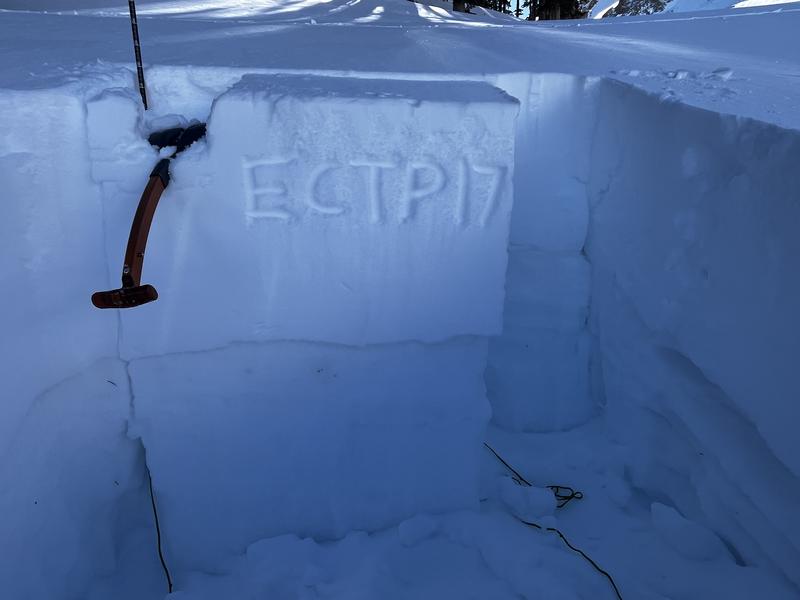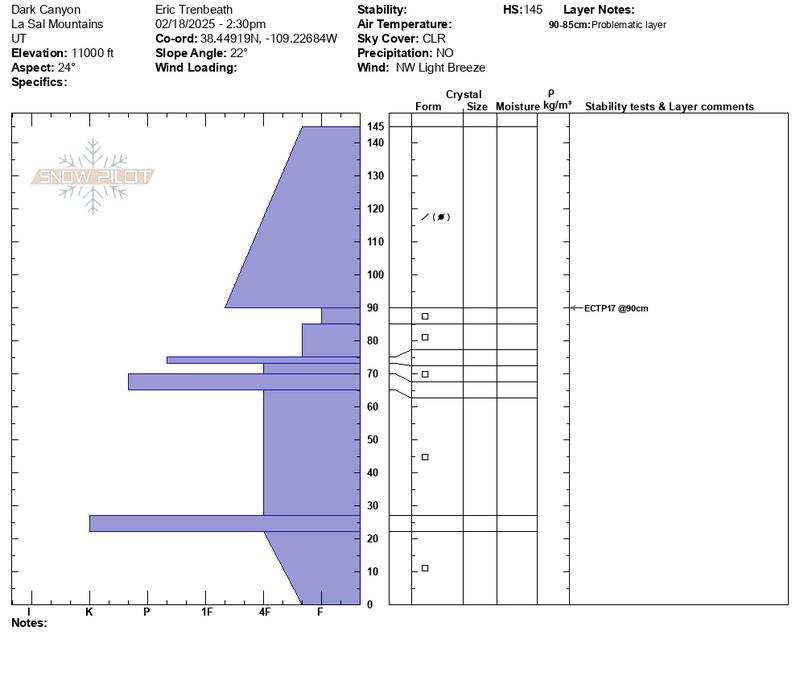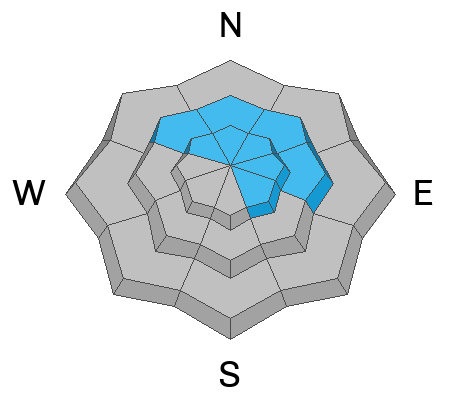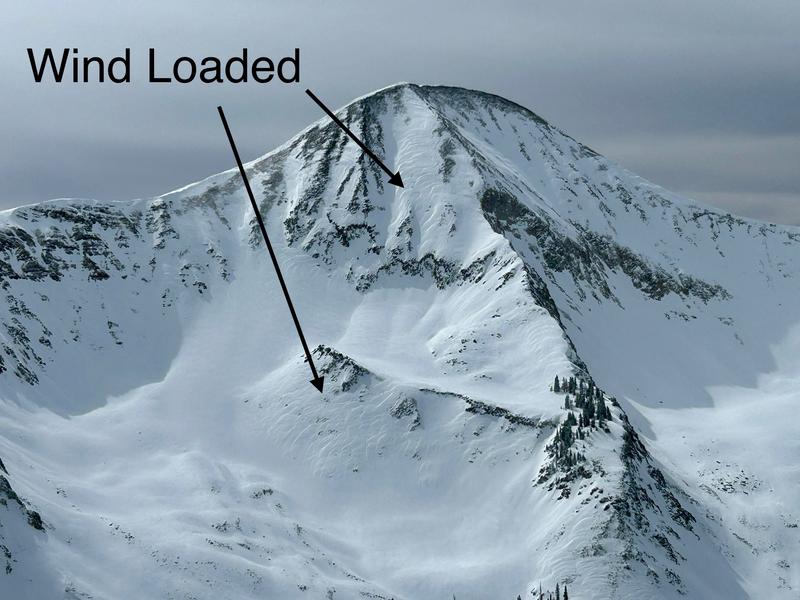Forecast for the Moab Area Mountains

Issued by Eric Trenbeath on
Wednesday morning, February 19, 2025
Wednesday morning, February 19, 2025
The avalanche danger remains CONSIDERABLE on steep slopes near and above treeline that face NW-N-NE-E, and on W and SE facing slopes at upper elevations. Human-triggered avalanches failing on a buried persistent weak layer are LIKELY. Stay off of and out from under slopes steeper than 30 degrees.
A MODERATE danger exists on most slopes facing the south half of the compass, and on lower elevation, northerly aspects. Human-triggered avalanches failing on a buried persistent weak layer are POSSIBLE. Continue to exercise caution in these areas, especially on slopes facing the north half of the compass.
Most low elevation, south facing terrain has LOW danger. Small avalanches on isolated terrain features are possible.
Most low elevation, south facing terrain has LOW danger. Small avalanches on isolated terrain features are possible.
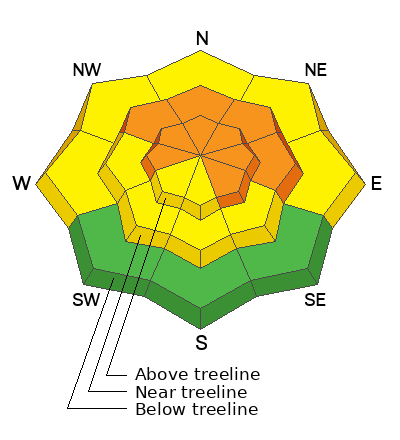
Low
Moderate
Considerable
High
Extreme
Learn how to read the forecast here



